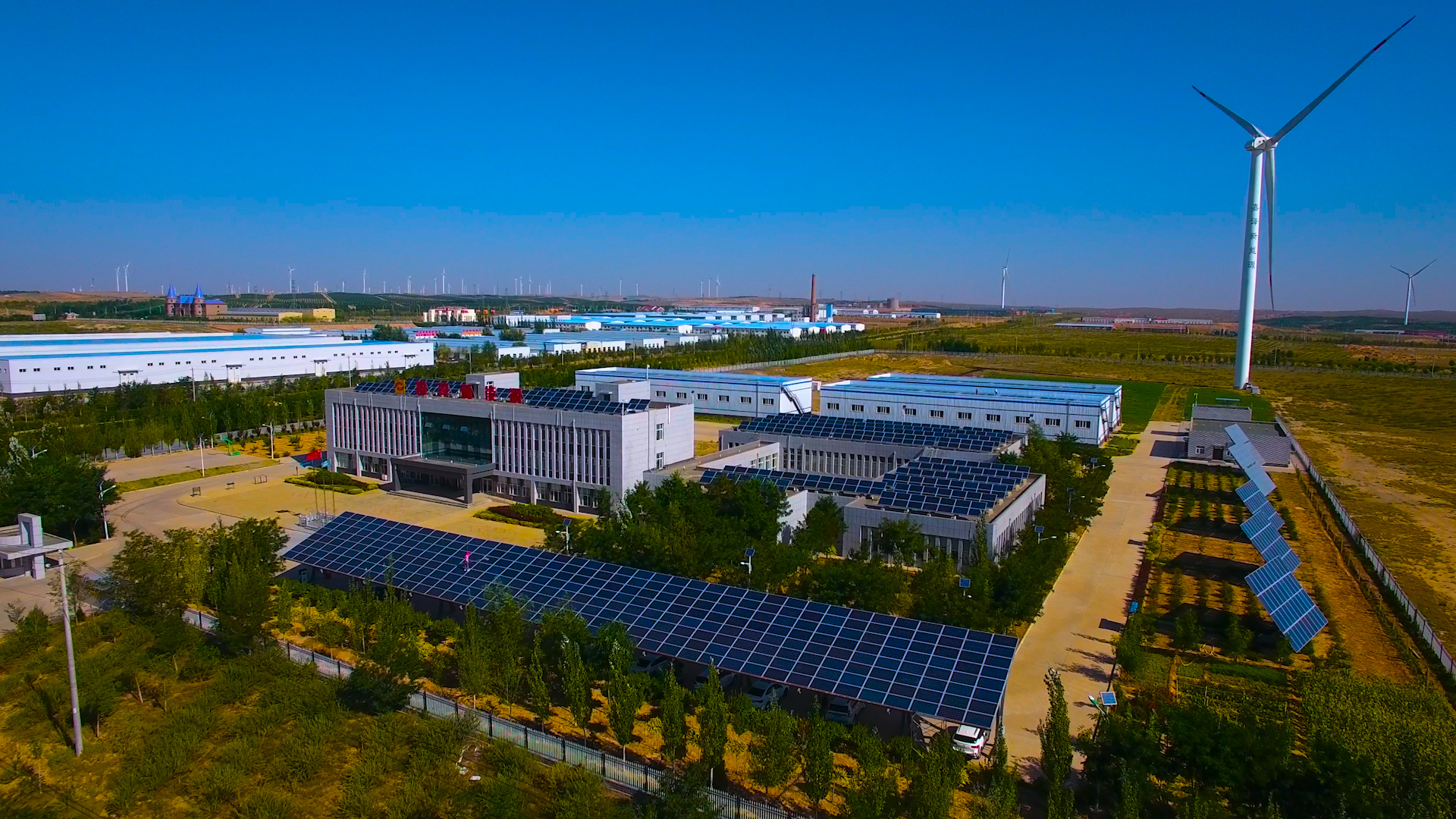
Nov . 23, 2023 17:01 Back to list
The key technology of smart microgrid
The development and implementation of smart microgrids rely on several key technologies. Firstly, the use of new energy and renewable energy power generation technologies is essential. Currently, smart microgrids primarily rely on various renewable energy sources such as photovoltaic and wind power, as well as hydrogen, natural gas, and biogas. These mature power generation technologies allow for a diversified and sustainable energy supply.
Secondly, energy storage plays a crucial role in microgrids. It helps to balance the intermittent nature of renewable energy sources by providing peak shaving and valley filling capabilities. Several energy storage technologies are currently being used, including battery energy storage, flywheel energy storage, superconducting magnetic energy storage, and supercapacitor energy storage. While lead-acid batteries are currently the most mature energy storage technology, they face issues such as short lifespan and lead pollution. However, the marketization of graphene batteries, which offer high energy, low cost, and high-quality performance, holds great promise for the future of energy storage in smart microgrids.

Thirdly, the optimization and dispatching of energy in smart microgrids differ from traditional power grids. Smart microgrids employ a horizontal multiple energy complementary optimization dispatching technology. This allows for the efficient utilization of various energy management system, realizing thermal, electricity, and cold outputs. Additionally, it enables direct complementary substitution between different power supply, such as light/electricity, heat/cold, wind/electricity, and direct/AC energy exchange. The hierarchical and orderly dispatching of energy in the source-storage-load links ensures optimal energy utilization efficiency.
Lastly, smart microgrids require effective protection and control technologies. With multiple power sources and loads in operation, adjustments and control through the energy storage system or the external power grid are necessary to accommodate load changes and power supply fluctuations. The microgrid control center handles the regulation, switching, and control of these power supplies. It monitors the power parameters, switching status, power quality, and energy parameters of each new energy power generation system, energy storage system, and load. Additionally, the microgrid control center focuses on energy saving and improving power quality to enhance the overall performance of the smart microgrid.

The rapid development of smart microgrids is reshaping the traditional power grid landscape. These microgrids establish an exchange of energy with the larger power grid, serving as backups for each other. This active distribution network enhances the reliability of power supply by integrating the capabilities of distributed energy resources. Smart microgrids offer great potential in reducing energy consumption, improving power system reliability, and enhancing flexibility. As a result, microgrid technology has gained significant attention and is seen as a new direction for power system reform. The marketization process of key equipment in smart microgrids will accelerate the advancement and performance of these technologies.
Related products:
Electrochemical energy storage FlexPIus-EN-512
Will be removed if infringing
Reference website:https://www.sohu.com/
-
Wireless DC Charging: The Next Frontier in Contactless EV Power Delivery
NewsAug.04,2025
-
Hybrid BMS Energy Controls: Integrating Renewable Energy Sources
NewsAug.04,2025
-
Blockchain for Secure and Decentralized EMS Power Systems
NewsAug.04,2025
-
AI-Driven for Smart Grids: Energy Management System (EMS)
NewsAug.04,2025
-
Advanced Distribution Management System (ADMS) Energy
NewsAug.04,2025
-
5G-Enhanced BMS Energy Savings: Ultra-Low Latency Control
NewsAug.04,2025























